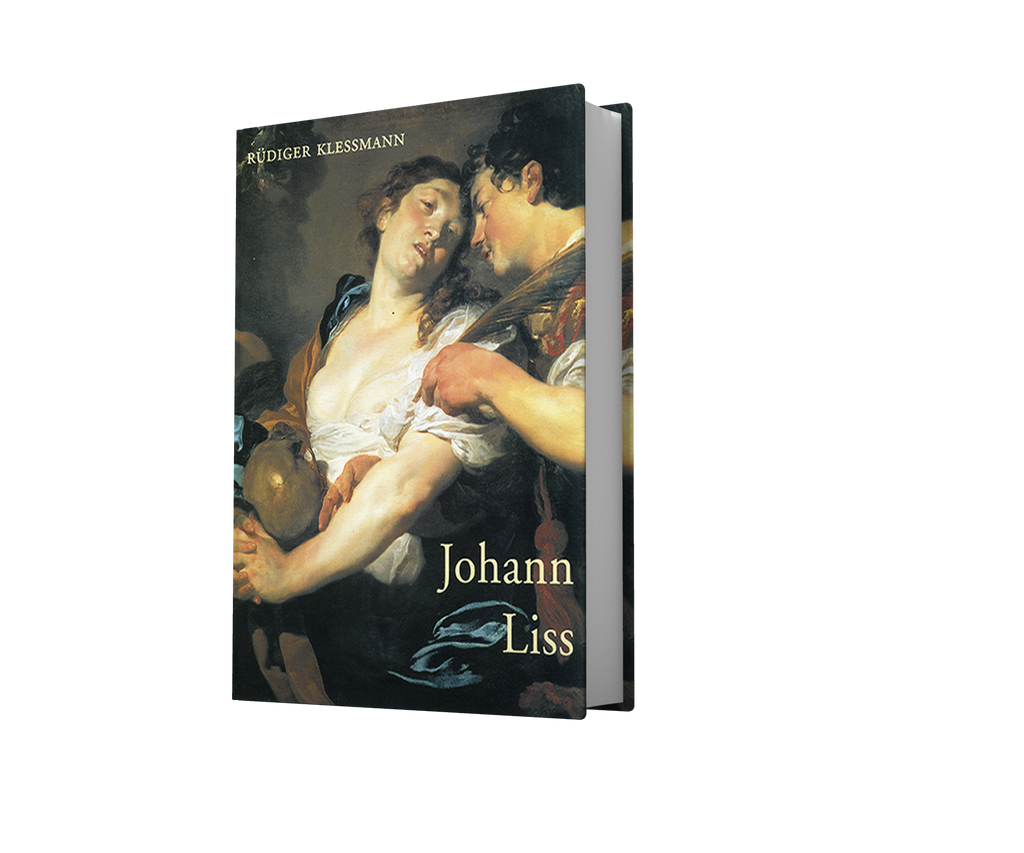
Johann Liss (c. 1597-1631). Eine Monographie mit kritischem Oeuvrekatalog
RÜDIGER KLESSMANN
999. 4to. 219 pp. incl. 238 ills. (40 in colour). This book is devoted to an early Baroque painter who belongs to both Netherlandish and Italian art history. The text is followed by a catalogue raisonne of the paintings, drawings, and graphic works, as well as a list of lost and incorrectly attributed works. Cloth bound with dustjacket. (text in German) JOHANN LISS (c. 1597-1631)
ISBN 90 70288 86 9
This book is devoted to an early Baroque painter who belongs to both Netherlandish and Italian art history. The dual nature of his artistic creation, thus rooted in two cultures, may be the reason why Liss has hitherto received less attention than one would expect, considering his great artistic achievements. Liss came from northern Germany, from the small town of Oldenburg on the Baltic Sea, and claimed to have his roots in the Duchy of Holstein, which he left as a young man and never saw again. Like many artists from northern Germany, Liss first went to Amsterdam to complete his training as a painter. The period of his stay in the Netherlands is assumed to have been 1615-1619; at some point he was working in Haarlem in the style of Hendrick Goltzius and Willem Buytewech. During a subsequent stay in Antwerp he studied the art of Rubens and Jordaens in particular, and was also inspired by the work of Pieter Bruegel the Elder. Travelling first to Paris, Liss eventually reached Italy around 1620, coming into contact in Venice with Domenico Fetti, who long exerted a considerable influence on his manner of painting. About two years later Liss settled in Rome, whose rich artistic production made a deep impression on him. Here he became a member of the society of Netherlandish painters known as the 'Schildersbent', founded around 1623, where he was given the nickname 'Pan'. Though it was initially the art of Caravaggio and his followers which cast its spell over him, Liss soon turned to the style of Annibale Carracci and his pupils. In his paintings dating from this period one also recognizes a relationship to Paulus Bril, Adam Elsheimer, and Cornelis van Poelenburch. Around 1626 Liss left Rome and returned to Venice. In the few years remaining until the plague claimed him as a victim in 1631, those works originated in Venice which made Liss famous, including his only altarpiece in the church of S. Niccol da Tolentino, made around 1628. After Domenico Fetti and Bernardo Strozzi, Liss may be considered the most important painter of the seicento in Venice. It was not until a century later that the significance of these Venetian paintings was recognized, when their echo was heard in the works of the great masters of the city, Piazzetta and Tiepolo. In the spring of 1629 the Frankfurt painter Joachim von Sandrart visited his fellow countryman Liss in Venice. Without his very personal recollections of this meeting we would know practically nothing about the personality and unconventional lifestyle of this painter from the North, as archival documents are largely lacking. In seven introductory chapters, which also treat the master's drawings and the problems created by copies, this monograph portrays Liss's life and work. The text is followed by a catalogue raisonn of the paintings, drawings, and graphic works, as well as a list of lost and incorrectly attributed works. All of Liss's known works (34 paintings and 23 drawings and etchings) are reproduced, the paintings in color plates, as well as 134 comparative works by other artists. Early sources which mention Liss (e.g. Sandrart, Orlandi, and Houbraken) are given in their original language. A complete bibliography and indexes make this a handy reference book.


